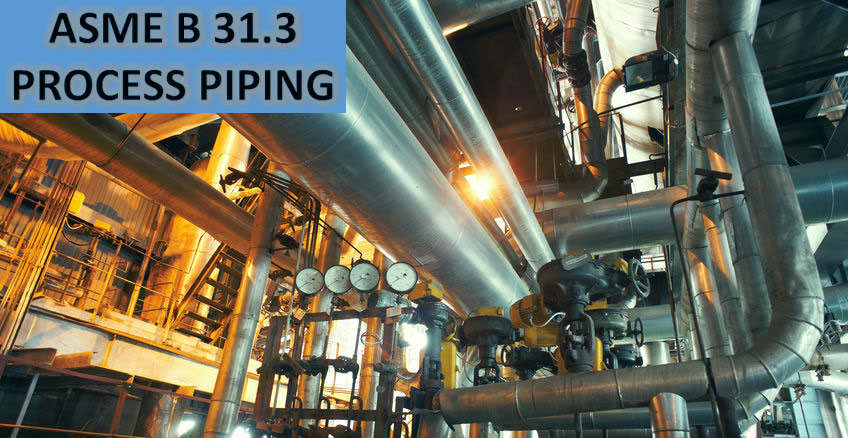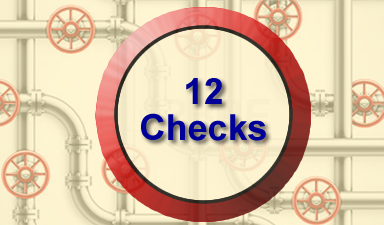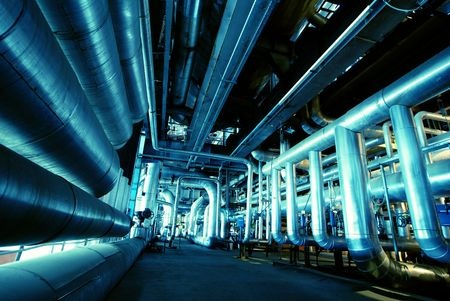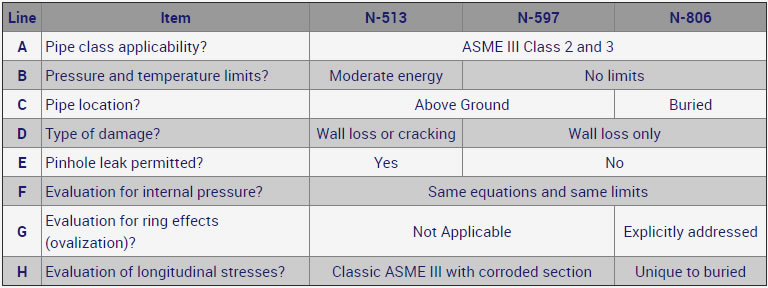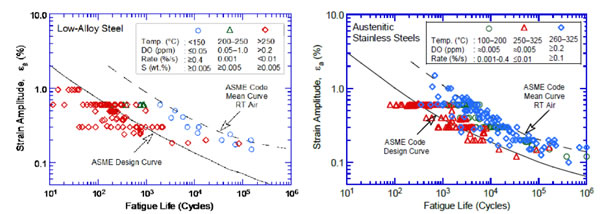When Should the Rules for Severe Cyclic Conditions (Service) in ASME B31.3 Be Used?
This posting (November 2019) is an update to an October 2013 post which reflects changes to the ASME B31.3 Code relative to severe cyclic service that have occurred since the original post. There has been a fair amount of confusion as to when the rules for severe cyclic conditions in ASME B31.3 should be used, […]

